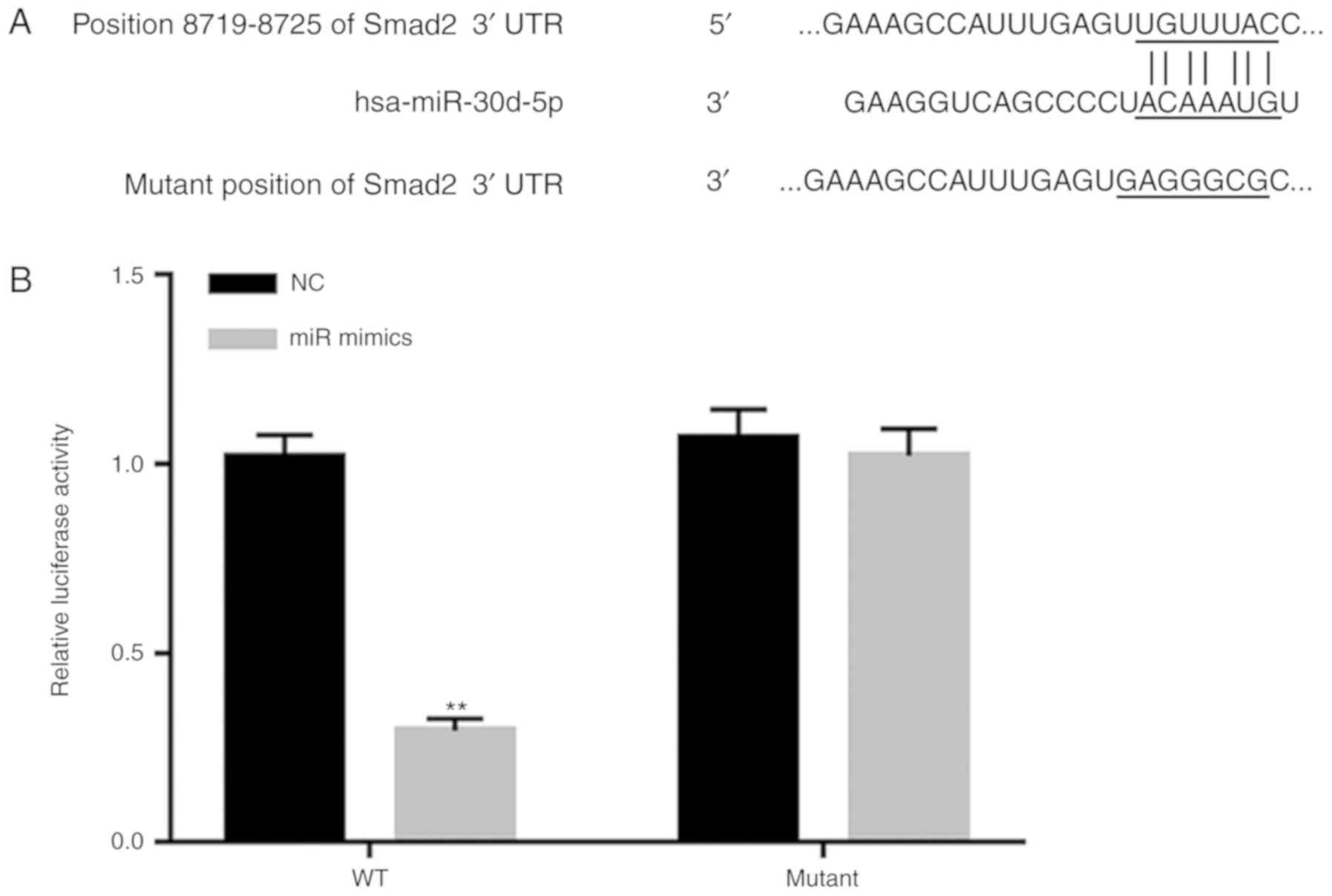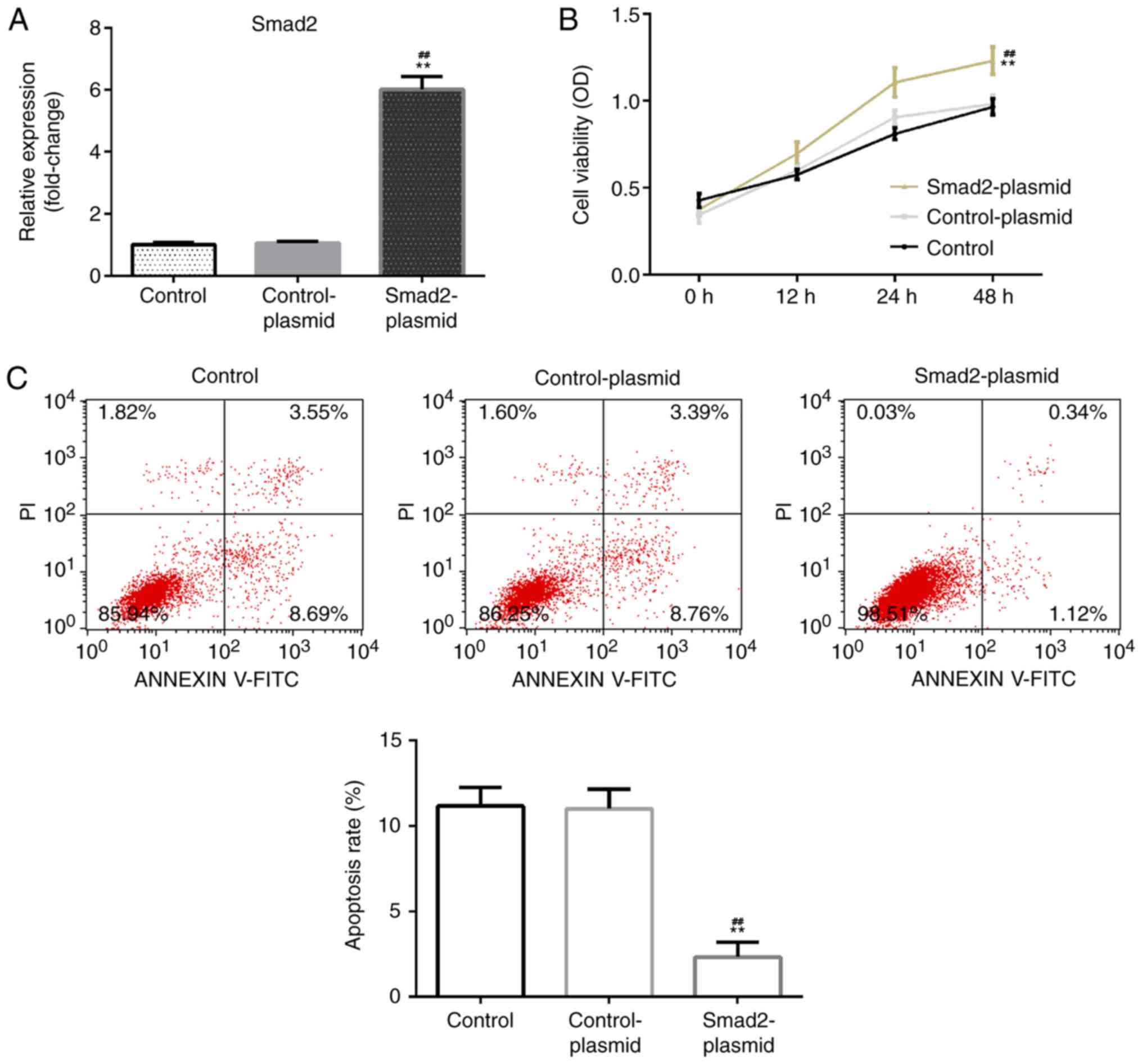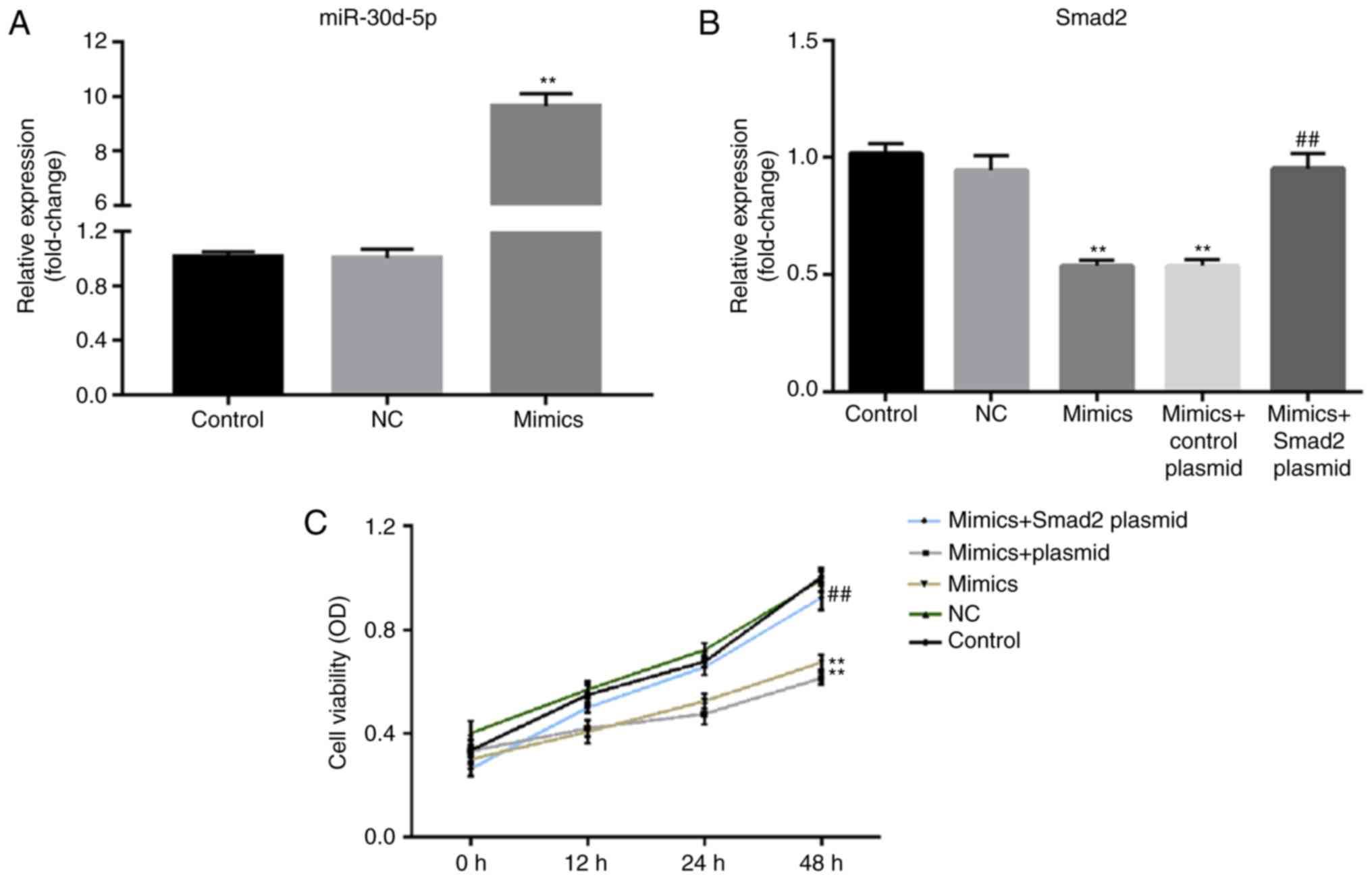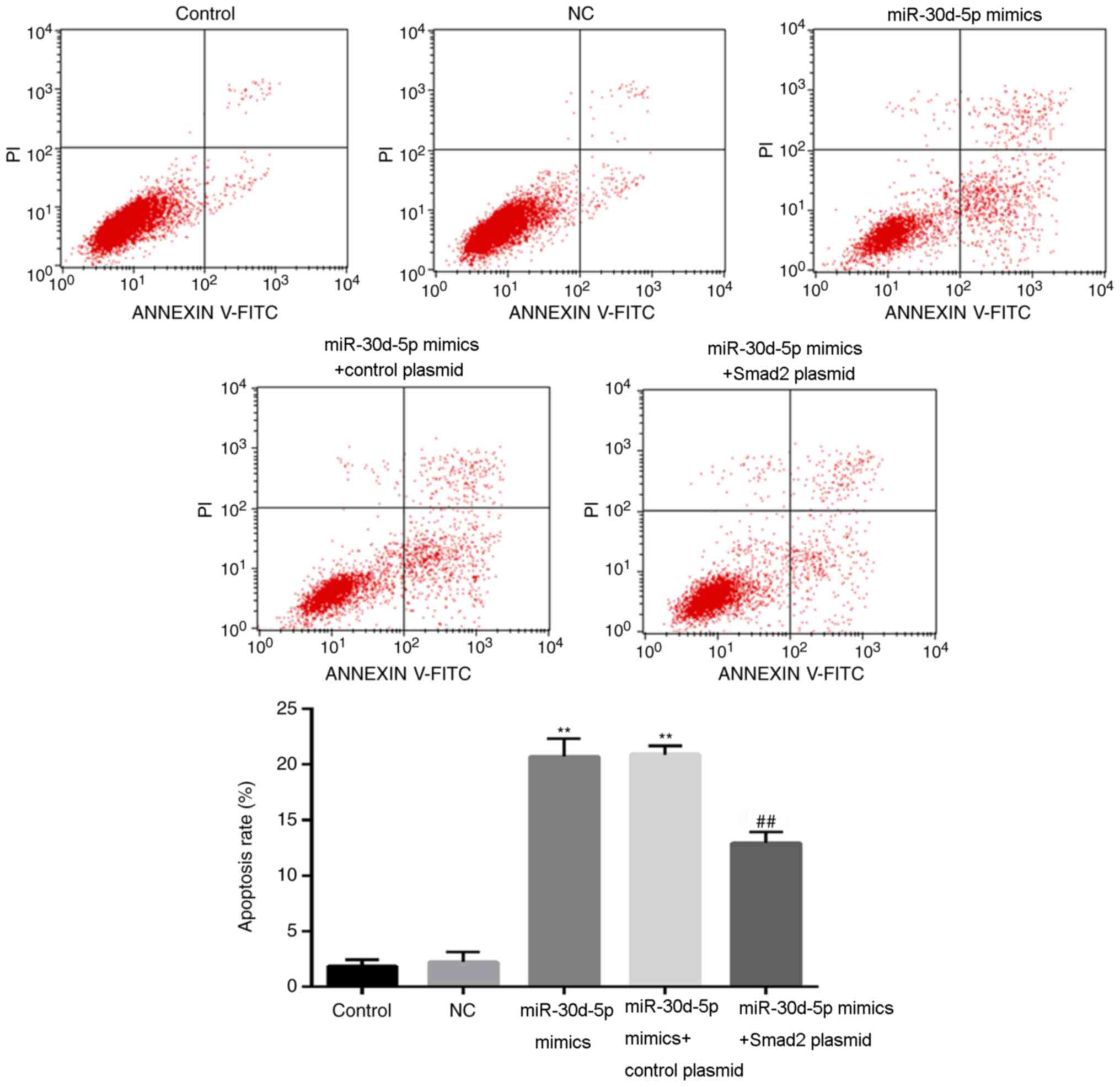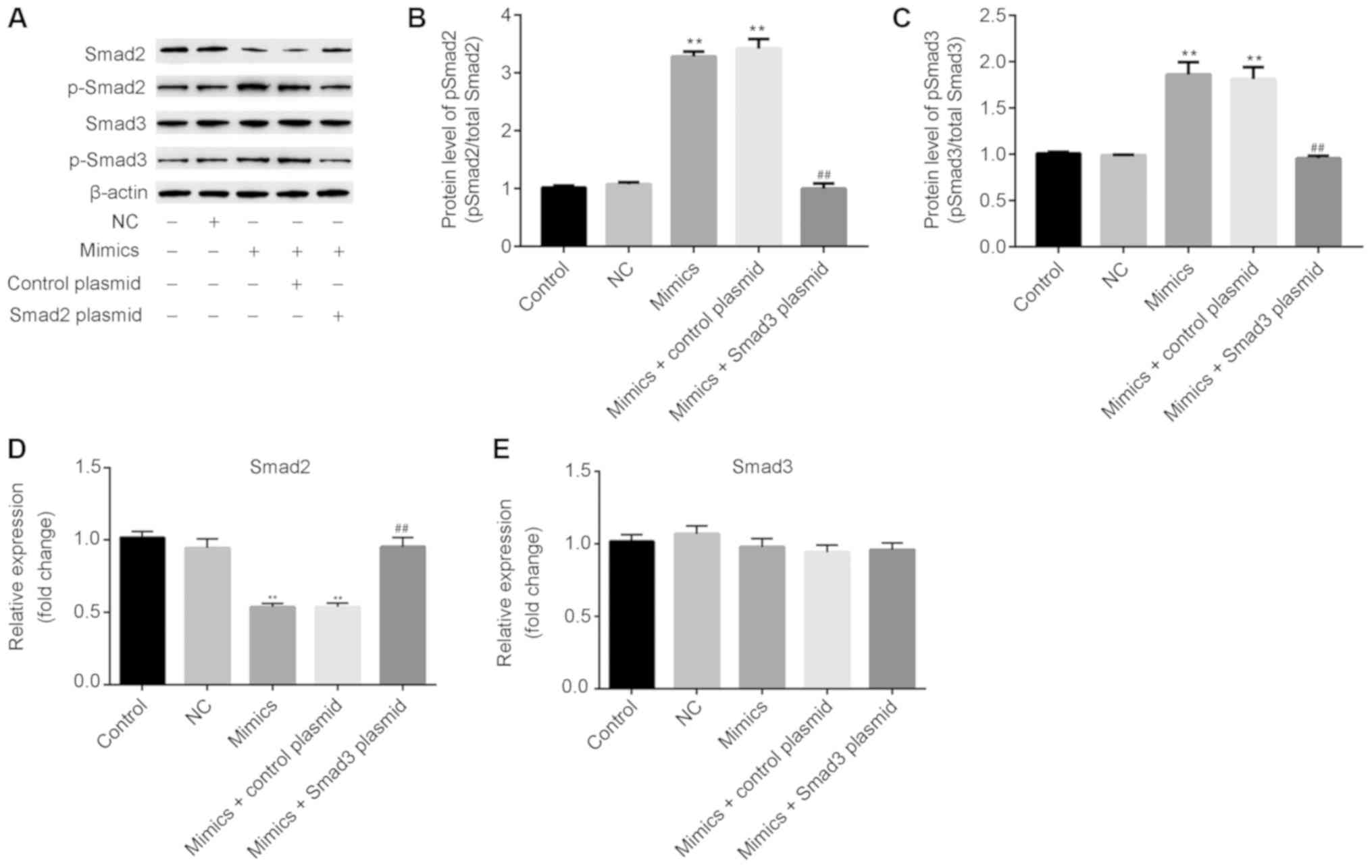|
1
|
Norman RJ, Dewailly D, Legro RS and Hickey
TE: Polycystic ovary syndrome. Lancet. 370:685–697. 2007.
View Article : Google Scholar : PubMed/NCBI
|
|
2
|
Fux Otta C, Fiol de Cuneo M and Szafryk de
Mereshian P: Polycystic ovary syndrome: Physiopathology review. Rev
Fac Cien Med Univ Nac Cordoba. 70:27–30. 2013.(In Spanish).
PubMed/NCBI
|
|
3
|
McGee EA and Hsueh AJ: Initial and cyclic
recruitment of ovarian follicles. Endocr Rev. 21:200–214. 2000.
View Article : Google Scholar : PubMed/NCBI
|
|
4
|
Craig J, Orisaka M, Wang H, Orisaka S,
Thompson W, Zhu C, Kotsuji F and Tsang BK: Gonadotropin and
intra-ovarian signals regulating follicle development and atresia:
The delicate balance between life and death. Front Biosci.
12:3628–3639. 2007. View
Article : Google Scholar : PubMed/NCBI
|
|
5
|
Hsueh AJ, Kawamura K, Cheng Y and Fauser
BC: Intraovarian control of early folliculogenesis. Endocr Rev.
36:1–24. 2015. View Article : Google Scholar : PubMed/NCBI
|
|
6
|
de Melo AS, Dias SV, Cavalli Rde C,
Cardoso VC, Bettiol H, Barbieri MA, Ferriani RA and Vieira CS:
Pathogenesis of polycystic ovary syndrome: Multifactorial
assessment from the foetal stage to menopause. Reproduction.
150:R11–R24. 2015. View Article : Google Scholar : PubMed/NCBI
|
|
7
|
Qiao J and Feng HL: Extra- and
intra-ovarian factors in polycystic ovary syndrome: Impact on
oocyte maturation and embryo developmental competence. Hum Reprod
Update. 17:17–33. 2011. View Article : Google Scholar : PubMed/NCBI
|
|
8
|
Onalan G, Selam B, Baran Y, Cincik M,
Onalan R, Gündüz U, Ural AU and Pabuccu R: Serum and follicular
fluid levels of soluble Fas, soluble Fas ligand and apoptosis of
luteinized granulosa cells in PCOS patients undergoing IVF. Hum
Reprod. 20:2391–2395. 2005. View Article : Google Scholar : PubMed/NCBI
|
|
9
|
Shalev E, Goldman S and Ben-Shlomo I: The
balance between MMP-9 and MMP-2 and their tissue inhibitor (TIMP)-1
in luteinized granulosa cells: Comparison between women with PCOS
and normal ovulatory women. Mol Hum Reprod. 7:325–331. 2001.
View Article : Google Scholar : PubMed/NCBI
|
|
10
|
Krol J, Loedige I and Filipowicz W: The
widespread regulation of microRNA biogenesis, function and decay.
Nat Rev Genet. 11:597–610. 2010. View
Article : Google Scholar : PubMed/NCBI
|
|
11
|
Wang Y and Lee CG: MicroRNA and
cancer-focus on apoptosis. J Cell Mol Med. 13:12–23. 2009.
View Article : Google Scholar : PubMed/NCBI
|
|
12
|
Bueno MJ, Pérez de Castro I and Malumbres
M: Control of cell proliferation pathways by microRNAs. Cell Cycle.
7:3143–3148. 2008. View Article : Google Scholar : PubMed/NCBI
|
|
13
|
Carletti MZ, Fiedler SD and Christenson
LK: MicroRNA 21 blocks apoptosis in mouse periovulatory granulosa
cells. Biol Reprod. 83:286–295. 2010. View Article : Google Scholar : PubMed/NCBI
|
|
14
|
Yao G, Yin M, Lian J, Tian H, Liu L, Li X
and Sun F: MicroRNA-224 is involved in transforming growth
factor-beta-mediated mouse granulosa cell proliferation and
granulosa cell function by targeting Smad4. Mol Endocrinol.
24:540–551. 2010. View Article : Google Scholar : PubMed/NCBI
|
|
15
|
Zheng M, Hou L, Ma Y, Zhou L, Wang F,
Cheng B, Wang W, Lu B, Liu P, Lu W and Lu Y: Exosomal let-7d-3p and
miR-30d-5p as diagnostic biomarkers for non-invasive screening of
cervical cancer and its precursors. Mol Cancer. 18:762019.
View Article : Google Scholar : PubMed/NCBI
|
|
16
|
Hosseini SM, Soltani BM, Tavallaei M,
Mowla SJ, Tafsiri E, Bagheri A and Khorshid HRK: Clinically
significant dysregulation of hsa-miR-30d-5p and hsa-let-7b
expression in patients with surgically resected non-small cell lung
cancer. Avicenna J Med Biotechnol. 10:98–104. 2018.PubMed/NCBI
|
|
17
|
Song Y, Song C and Yang S:
Tumor-suppressive function of miR-30d-5p in prostate cancer cell
proliferation and migration by targeting NT5E. Cancer Biother
Radiopharm. 33:203–211. 2018. View Article : Google Scholar : PubMed/NCBI
|
|
18
|
He Y, Chen X, Yu Y, Li J, Hu Q, Xue C,
Chen J, Shen S, Luo Y, Ren F, et al: LDHA is a direct target of
miR-30d-5p and contributes to aggressive progression of gallbladder
carcinoma. Mol Carcinog. 57:772–783. 2018. View Article : Google Scholar : PubMed/NCBI
|
|
19
|
Yu X, Zhao J and He Y: Long non-coding RNA
PVT1 functions as an oncogene in human colon cancer through
miR-30d-5p/RUNX2 axis. J BUON. 23:48–54. 2018.PubMed/NCBI
|
|
20
|
Jiang M, Wang H, Jin M, Yang X, Ji H,
Jiang Y, Zhang H, Wu F, Wu G, Lai X, et al: Exosomes from
MiR-30d-5p-ADSCs reverse acute ischemic stroke-induced,
autophagy-mediated brain injury by promoting M2
microglial/macrophage polarization. Cell Physiol Biochem.
47:864–878. 2018. View Article : Google Scholar : PubMed/NCBI
|
|
21
|
Yao N, Yang BQ, Liu Y, Tan XY, Lu CL, Yuan
XH and Ma X: Follicle-stimulating hormone regulation of microRNA
expression on progesterone production in cultured rat granulosa
cells. Endocrine. 38:158–166. 2010. View Article : Google Scholar : PubMed/NCBI
|
|
22
|
Massagué J: G1 cell-cycle control and
cancer. Nature. 432:298–306. 2004. View Article : Google Scholar : PubMed/NCBI
|
|
23
|
Mishra L, Derynck R and Mishra B:
Transforming growth factor-beta signaling in stem cells and cancer.
Science. 310:68–71. 2005. View Article : Google Scholar : PubMed/NCBI
|
|
24
|
Syed V: TGF-β signaling in cancer. J Cell
Biochem. 117:1279–1287. 2016. View Article : Google Scholar : PubMed/NCBI
|
|
25
|
Livak KJ and Schmittgen TD: Analysis of
relative gene expression data using real-time quantitative PCR and
the 2(-Delta Delta C(T)) method. Methods. 25:402–408. 2001.
View Article : Google Scholar : PubMed/NCBI
|
|
26
|
Meran S, Luo DD, Simpson R, Martin J,
Wells A, Steadman R and Phillips AO: Hyaluronan facilitates
transforming growth factor-β1-dependent proliferation via CD44 and
epidermal growth factor receptor interaction. J Biol Chem.
286:17618–17630. 2011. View Article : Google Scholar : PubMed/NCBI
|
|
27
|
Ye C, Yu X, Liu X, Dai M and Zhang B:
miR-30d inhibits cell biological progression of Ewing's sarcoma by
suppressing the MEK/ERK and PI3K/Akt pathways in vitro.
Oncol Lett. 15:4390–4396. 2018.PubMed/NCBI
|
|
28
|
Yao J, Liang L, Huang S, Ding J, Tan N,
Zhao Y, Yan M, Ge C, Zhang Z, Chen T, et al: MicroRNA-30d promotes
tumor invasion and metastasis by targeting Galphai2 in
hepatocellular carcinoma. Hepatology. 51:846–856. 2010.PubMed/NCBI
|
|
29
|
Hossain MM, Cao M, Wang Q, Kim JY,
Schellander K, Tesfaye D and Tsang BK: Altered expression of miRNAs
in a dihydrotestosterone-induced rat PCOS model. J Ovarian Res.
6:362013. View Article : Google Scholar : PubMed/NCBI
|
|
30
|
Roth LW, McCallie B, Alvero R, Schoolcraft
WB, Minjarez D and Katz-Jaffe MG: Altered microRNA and gene
expression in the follicular fluid of women with polycystic ovary
syndrome. J Assist Reprod Genet. 31:355–362. 2014. View Article : Google Scholar : PubMed/NCBI
|
|
31
|
Jiang YC and Ma JX: The role of MiR-324-3p
in polycystic ovary syndrome (PCOS) via targeting WNT2B. Eur Rev
Med Pharmacol Sci. 22:3286–3293. 2018.PubMed/NCBI
|
|
32
|
Li D, Xu D, Xu Y, Chen L, Li C, Dai X,
Zhang L and Zheng L: MicroRNA-141-3p targets DAPK1 and inhibits
apoptosis in rat ovarian granulosa cells. Cell Biochem Funct.
35:197–201. 2017. View
Article : Google Scholar : PubMed/NCBI
|
|
33
|
Chen C, Sun MZ, Liu S, Yeh D, Yu L, Song
Y, Gong L, Hao L, Hu J and Shao S: Smad4 mediates malignant
behaviors of human ovarian carcinoma cell through the effect on
expressions of E-cadherin, plasminogen activator inhibitor-1 and
VEGF. BMB Rep. 43:554–560. 2010. View Article : Google Scholar : PubMed/NCBI
|
|
34
|
Goto N, Hiyoshi H, Ito I, Tsuchiya M,
Nakajima Y and Yanagisawa J: Estrogen and antiestrogens alter
breast cancer invasiveness by modulating the transforming growth
factor-β signaling pathway. Cancer Sci. 102:1501–1508. 2011.
View Article : Google Scholar : PubMed/NCBI
|
|
35
|
Bacallao K, Plaza-Parrochia F, Cerda A,
Gabler F, Romero C, Vantman D and Vega M: Levels of regulatory
proteins associated with cell proliferation in endometria from
untreated patients having polycystic ovarian syndrome with and
without endometrial hyperplasia. Reprod Sci. 23:211–218. 2016.
View Article : Google Scholar : PubMed/NCBI
|















